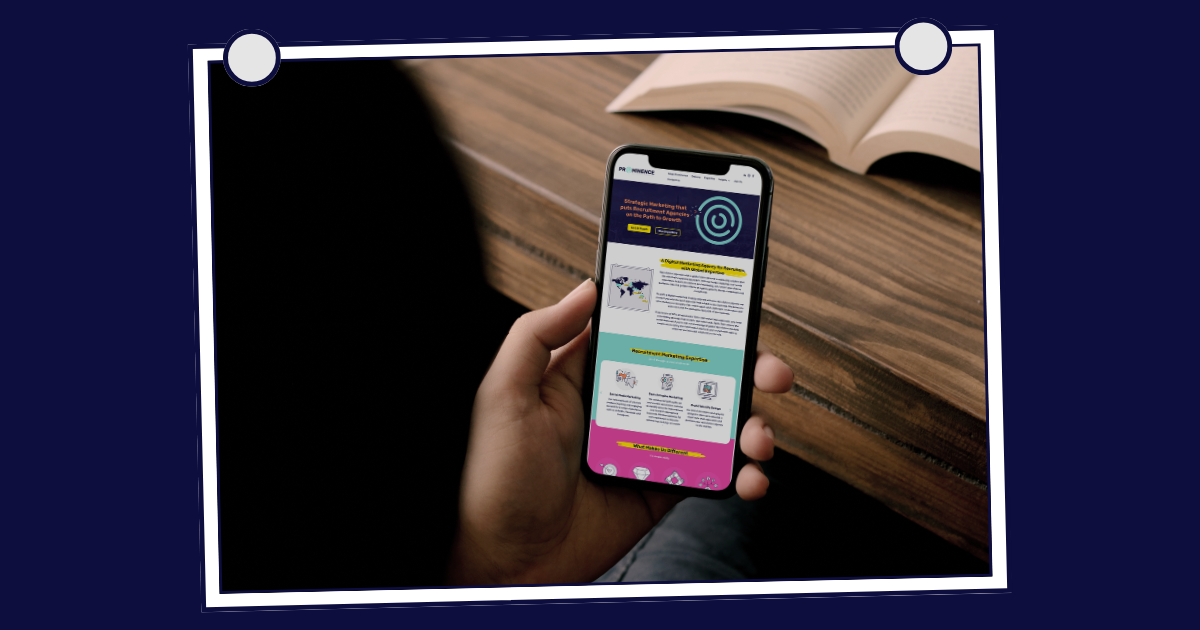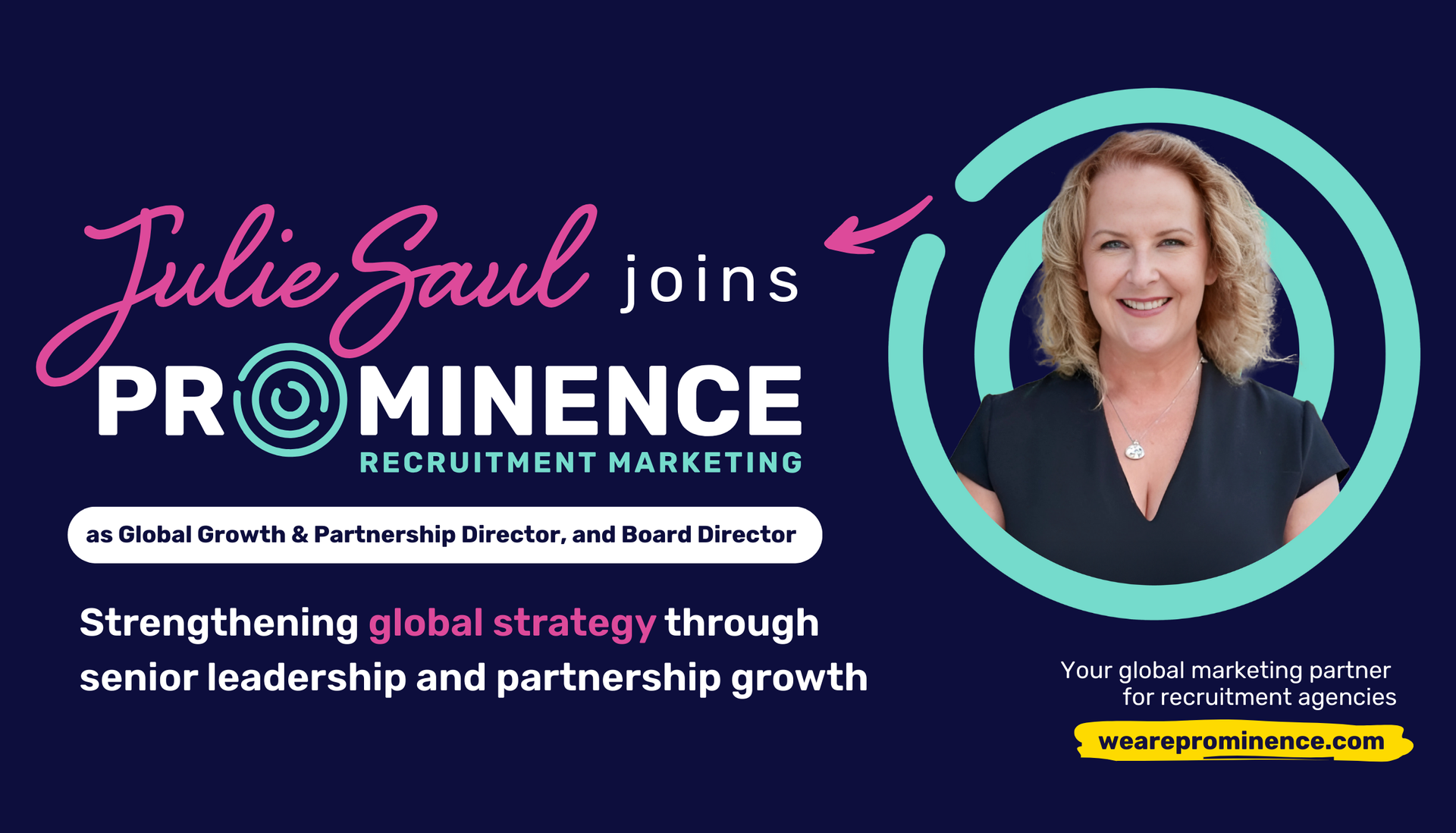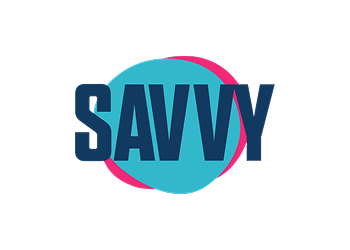How to Stand out Within a Saturated Market
When we ask, "How does a recruitment agency website make money?" we’re not talking about monetisation through ads or subscriptions, nor are we talking about job boards. We’re talking about recruitment agency website design as a lead generation and conversion engine. Sure, you need a BD person or team doing their thing, but if your website is outdated or clunky, it’s harder for potential clients or candidates to take your brand seriously.
Surprisingly, there are many agencies with plenty of years in the business and a happy yet modest clientele who still struggle to differentiate, and that often comes down to their website.
The quality of recruitment agency website design matters, but it doesn’t have to be complicated. In this area of marketing for recruitment agencies, simplicity often gets better results. The quality of website design for recruitment agencies matters, but it doesn’t have to be complicated. In this area of recruitment marketing strategy, simplicity often gets better results.
We’ll cover key areas that help your website generate ROI by creating an experience that turns passive browsers into active leads.
Always Start with User Experience
Overlooking basic functionality is a common mistake we see recruiters make with their websites. Often, that’s because they’re not the people who are using it.
Function beats fashion every time. You need a site that looks professional and works for clients and candidates alike.
Ask yourself:
- Can a client easily find your specialisations and get in touch within a click or two?
- Can a candidate find relevant roles without going through a maze of pages?
- Do your contact forms actually load on mobile?
Improving user experience (UX) starts with understanding how people navigate your site and removing friction. That means having a clear menu structure, a prominent search bar or filter functionality for jobs, and logical touchpoints that don’t force visitors to think too hard.
Try this: ask someone unfamiliar with your business to find a job and make contact on your site. Watch what happens.
Go Easy on the Forms
We get it – your CRM might want to capture all the data. Your visitors, however, probably don’t want to give away so much information upfront. If a candidate has to fill out a 15-field form just to register interest, you’ve already lost them.
Keep your forms simple and quick to complete:
- Name
- Phone (maybe)
- Upload CV
That’s enough to start a conversation. You can always collect more detail once the lead is warm.
For clients, the same principle applies. Make it easy for them to request a callback, submit a vacancy, or send a message, without needing to dig around for your email address.
Keep Navigation Simple
Load time is always important, but that’s just one aspect of effective recruitment agency website design. The best recruitment websites are also built for speed of use – how long it takes for a visitor to find and do what they want to do while on your site.
In UX design, this concept is highlighted by Hick’s Law (or the Hick-Hyman Law): the more choices a person is presented with, the longer they will take to reach a decision. The point is to avoid overwhelming your website visitors with endless submenus where they’re hunting for basic information.
For recruiter websites, that means:
- Clear paths for candidates to browse, search, and apply for jobs
- Obvious next steps for clients looking to hire
- Logical menu labels (no one will click a button labelled "Solutions" if they’re just trying to call you).
Also, make sure job pages are optimised for job seekers. Use structured headers, highlight key info above the fold and include relevant keywords. We also recommend including search filters and making sure applications don’t redirect offsite unnecessarily – you definitely want to avoid people clicking away without signing up!
Including testimonials or case studies is a handy way to establish social proof (i.e. build trust) while visitors browse your site.
Don’t Skimp on Calls to Action
A strong call to action (CTA) is the unsung hero of lead generation. And yes, it’s likely your website needs more of them. Every key page (home, jobs, about, client services, blog posts) should guide visitors towards a next step.
That could be:
- “Apply Now”
- “Register Your CV”
- “Submit a Vacancy”
- “Book a Call”
Make those CTAs visible above the fold, not hidden in the footer or buried at the end of a long scroll.
Use buttons, highlight contact info, and make sure they’re thumb-friendly on mobile. When in doubt: add a button.
Content That Answers Questions
Good UX and forms can get people to stay longer on your website. To keep visitors engaged and coming back, you’ll need the right content. Think beyond just job listings and the usual “About Us” page. What do clients and candidates want to know when they land on your site?
For clients, it might be:
- “What roles do you specialise in?”
- “How do you screen candidates?”
- “Why should I use an agency over hiring directly?”
For candidates, it could be:
- “What’s the job market like right now?”
- “How can I find remote/hybrid roles?”
- “How do I stand out in my application?”
Having blog content, FAQ pages, case studies, or even short video explainers can make a big difference in engaging visitors. Resources that answer questions can help build trust and keep people on your site longer, which helps with SEO, too.
Don't forget: a regularly updated blog or insights section shows that your agency is switched on and in touch with the market. That alone can be the difference between a bounce and a lead.
The Takeaway
A recruitment agency website doesn’t need to be the flashiest. But it does need to function as a business tool that supports the company’s goals, like bringing in more of the right candidates and helping clients easily reach out.
At Prominence, we help recruitment agencies build websites that do just that. Websites designed not just to look good, but to deliver real ROI.
Want your site to start pulling its weight?
Get in touch with us to find out how we can help.
Recent Posts
Like what you see?
Sign-up to our newsletter and we will let you know when we publish new articles!
Sign-up to our newsletter and we will let you know when we publish new articles!
Contact Form
Latest Blogs
Latest Case Studies









